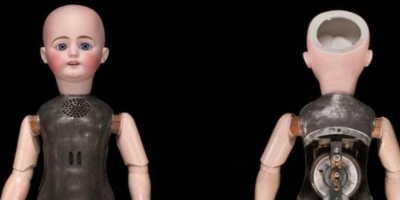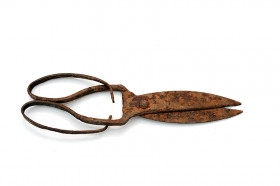Who created the first talking doll?

The first talking doll was made by the acclaimed American inventor Thomas Alva Edison in 1890. It was embedded with a small phonograph enabling it to recite a nursery rhyme.
Thomas Edison invented the phonograph in 1877, and when he imagined the uses for his new machine, he speculated that, beyond serving as a means of preserving dictation, it might animate toys. His idea took form in a talking doll, manufactured briefly in 1890.
In 1887 Edison had licensed W. W. Jacques and Lowell C. Briggs of Boston to make and sell talking dolls as the Edison Toy Phonograph Company. The Edison Phonograph Works, in West Orange, N.J., manufactured the phonographs, inserted them into dolls, and packaged them for sale. The talking dolls work imperfectly, sold poorly, and proved a costly mistake for Edison. By 1896, all remaining unsold phonographs for dolls were reportedly destroyed.
Credit : Smithsonian
Picture Credit : Google
